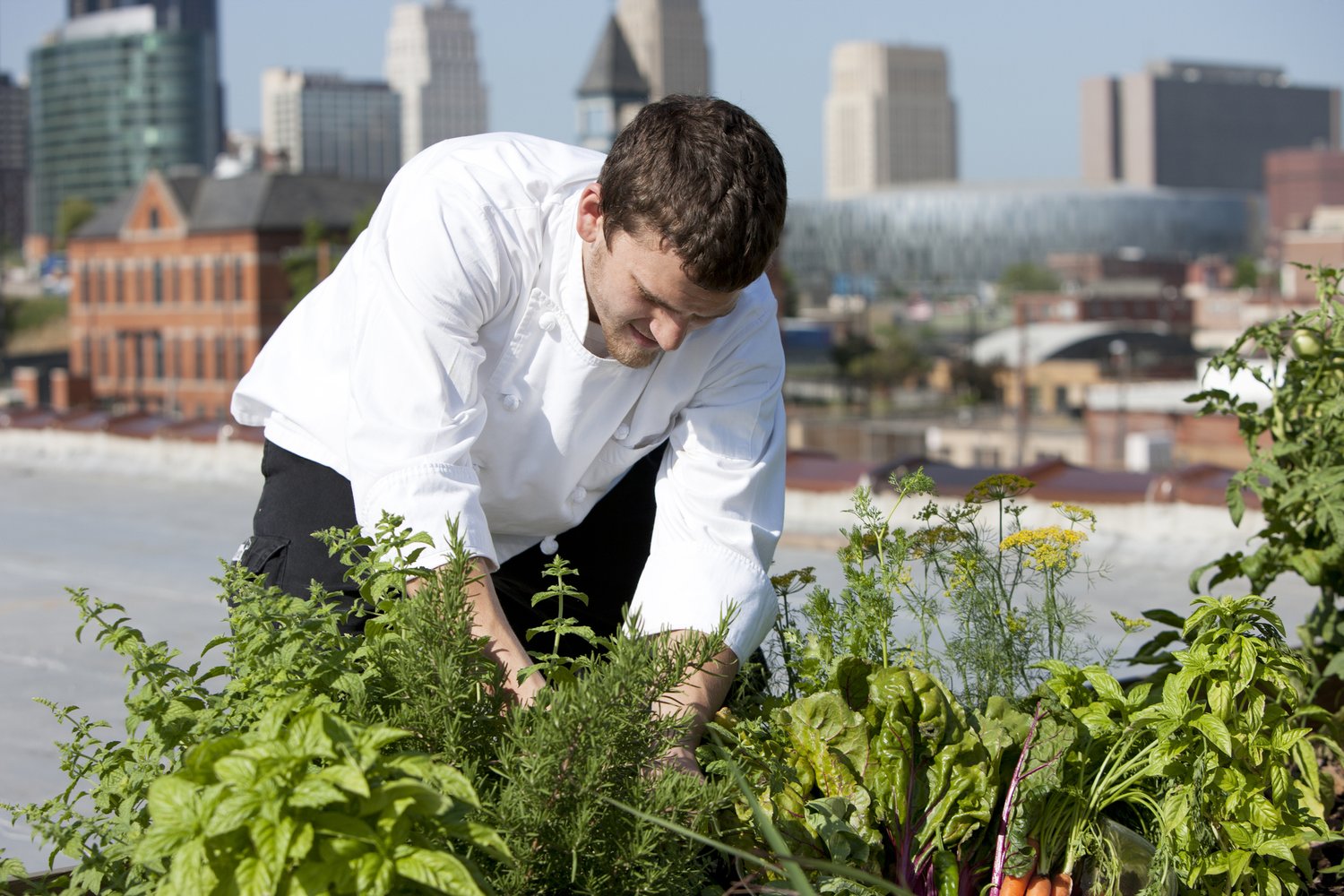Some Known Incorrect Statements About City Blooming
Some Known Incorrect Statements About City Blooming
Blog Article
Getting My City Blooming To Work
Table of ContentsAn Unbiased View of City BloomingHow City Blooming can Save You Time, Stress, and Money.How City Blooming can Save You Time, Stress, and Money.The smart Trick of City Blooming That Nobody is DiscussingOur City Blooming Ideas

As you walk the roads of the Bronx, Southside Chicago or East Oakland, you might see have even seen huge stories of ripening fruits and vegetables being collected. What precisely are urban farms and community yards? Urban agriculture, metropolitan farming, or metropolitan gardening is the technique of cultivating, processing and distributing food in or around city locations.
Normally, metropolitan farming as a practice is a bigger investment than gardening. There are plenty of a lot more hours invested right into the minutiae of farming, from the crop plan to the often tending of your beds. This time dedication takes on a whole new definition once you realize the objective that is being functioned towards and dedicated, particularly that of gaining a plentiful yield of plants to be taken in.
A community yard is a single piece of land gardened jointly by a group of individuals. Area yards use either individual or shared stories on private or public land while producing fruit, veggies, and/or plants grown for their attractive look. The basic model here is that a huge team of people each add a fairly tiny amount of time to working their very own plot, and obtain the fruits of their labor consequently.
The Definitive Guide for City Blooming

, and area organizations by helping them develop and grow their own yards. The differences between community yard and city farm are nuanced, though in the end the exact same fundamental task takes placefood crop cultivation however within various business structures - garden care.
Urban ranches are usually more business and innovation oriented, with the main function of maximizing yields and offering produce. Industrial urban farms are typically focused on expanding production on generally small land location with innovations in technologies such as tank farming, hydroponics, and navigate to these guys greenhouses and might partner with an industrial kitchen to create locally-produced value-added items such as jams and sauces.
The Buzz on City Blooming
The produce is generally expanded on a much smaller range and is taken home to eat at home or to share. By giving much needed green rooms in destitute, concrete metropolitan areas, they permit the benefits of backyard horticulture to those doing not have backyards, and offer as exceptional instances of self-organization and neighborhood activism.
Some neighborhood gardens, typically in city locations, move right into expanding for commercial use while some metropolitan ranches open up their land for more socially mindful advantages. Regardless of just how you define and set apart the two, they are both positive pressures for great in cities around America and the globe.
As every one of Small Axe Peppers' hot sauces are sourced with peppers from area yards, your purchases directly aid money these neighborhood projects (https://slides.com/cityblooming). Take part in the change by.
A close friend of mine just recently commented in a discussion about gardening that "It's fascinating, I have actually constantly assumed that farming as a practice is rather like horticulture. As I spent even more and more time in my Urban Agriculture course I have actually come to realize that to say that gardening is a small extension of farming would certainly be a little bit of stretch.
City Blooming Fundamentals Explained
They both rotate around the care of plants for some objective that can be food, revenue or just the enjoyment of the craft. Additionally they both need a financial financial investment on top of a time financial investment, something that a great deal of individuals in our quick paced life do not have a great deal of - indoor plants.
We can see that the similarities are plentiful, however are the differences sufficient to create a difference? As a pupil at NYU I have the possibility to deal with the leave It Better Structure, a group that instructs basic nutrition and horticulture to high institution students. https://www.easel.ly/browserEasel/14490178. This experience offered me an in-depth foray into the world of amateur gardening past what the majority of individuals have actually touched with
With these in hand, I can safely say that these two activities are quite truthfully various monsters. Farming as a practice is a larger investment than horticulture. There are numerous much more hours spent into the minutiae of farming, from the plant strategy to the tending of your beds. This time dedication handles a whole new definition once you realize the goal that is being functioned in the direction of and committed, namely that of obtaining an abundant yield of plants to be eaten.
The average garden enthusiast deals with his duties as a duty rather than a need and therefore identifies his or herself from the farmer. Nevertheless with this difference in hand, they are both comforting and relaxing workouts that any person can choose up, which by itself ought to be an ad for both.
Some Ideas on City Blooming You Should Know
Something went incorrect - indoor plants. Wait a moment and try again Attempt again
Report this page